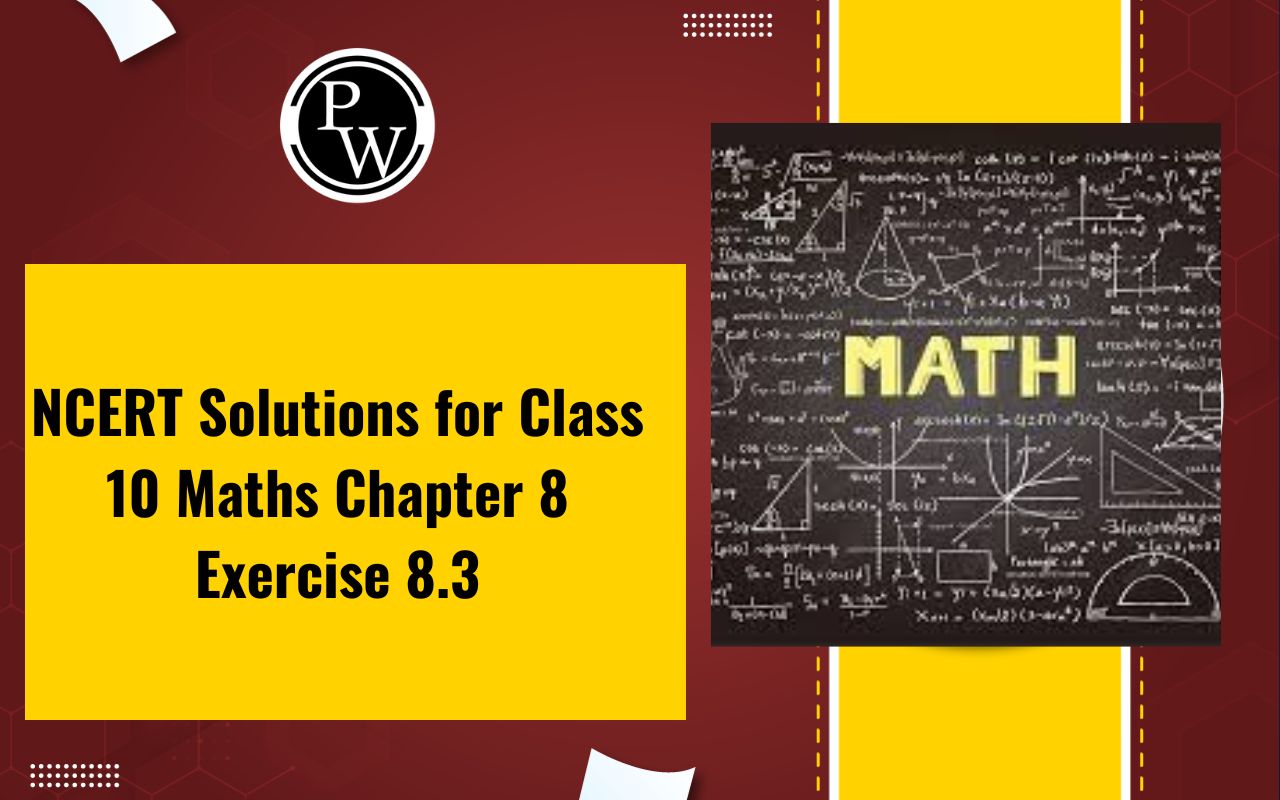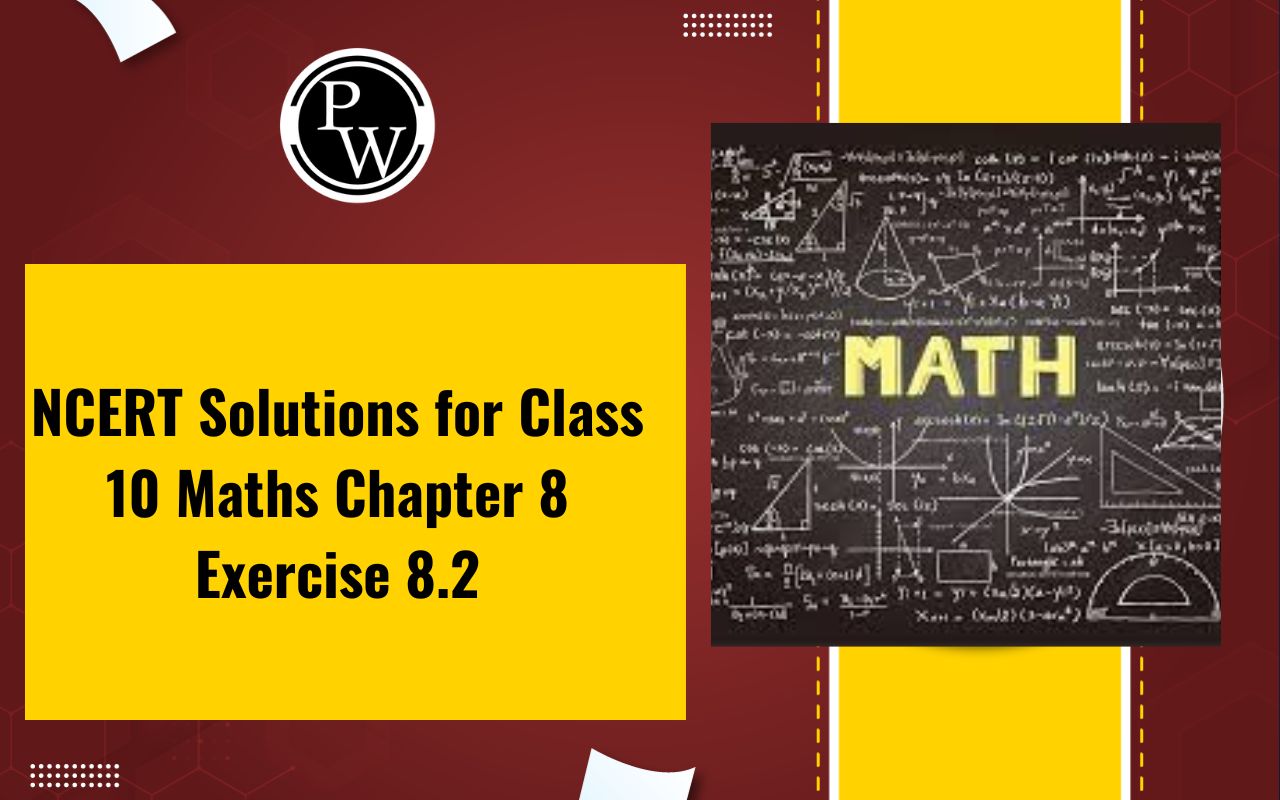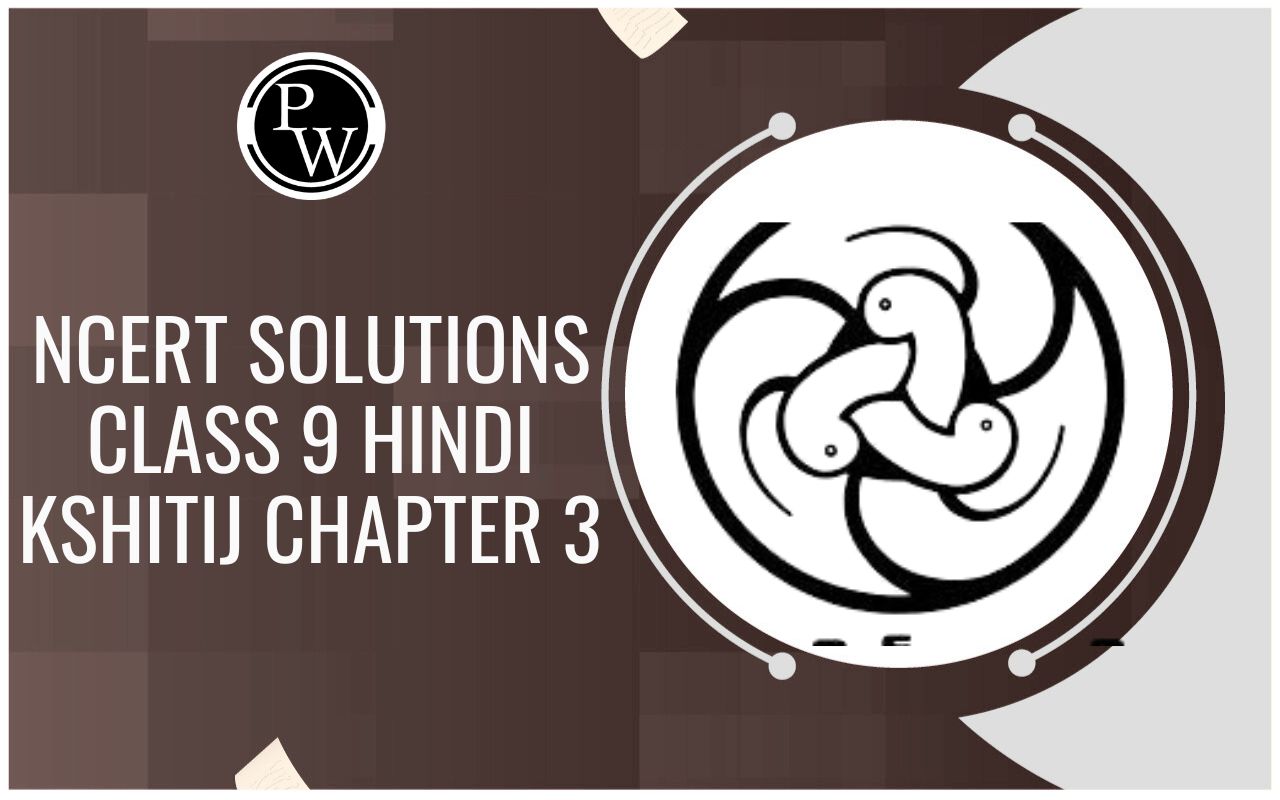
Permutations are a fundamental concept in combinatorics, the branch of mathematics that deals with counting and arranging objects. While many of us are familiar with permutations in the context of linear arrangements, such as arranging people in a line or arranging objects in a row, there exists a fascinating variation known as circular permutation. In the Circular Permutation Formula , objects are arranged in a circle rather than in a straight line. This concept adds a layer of complexity and intrigue to the world of permutations, making it a subject worth exploring.
In this article, we will delve into the world of circular permutation, covering its definition, principles, and various applications. We will also discuss important formulas and theorems associated with circular permutations and provide examples to illustrate the concepts.
Understanding Circular Permutation
The circular permutation Formula is a mathematical concept that deals with the arrangement of objects in a circular fashion. To better grasp this idea, consider a circular arrangement of seats in a theater, a round table at a party, or even the positions of the hands on a clock. In these situations, the order in which objects or people are arranged matters, but there is no distinct "start" or "end" point.
In a linear permutation, such as arranging books on a shelf, the order matters, and there is a clear starting point and ending point. However, in a circular permutation, the arrangement forms a closed loop, and there is no inherent beginning or end. This distinction makes circular permutations unique and intriguing.
Principles of Circular Permutation
To work with circular permutations effectively, it's essential to understand some fundamental principles:
The Total Number of Circular Permutations (n-1)!
In a circular permutation of 'n' distinct objects, there are (n-1)! different arrangements. This formula is based on the idea that we can fix one object in a particular position (say, the top of the circle), and then arrange the remaining (n-1) objects linearly. Since linear permutations are well-understood, we simply calculate (n-1)! to find the number of circular permutations.
For example, if you have five distinct objects, there are (5-1)! = 4! = 24 different circular permutations.
The Relative Ordering Matters
In circular permutations, the relative ordering of objects matters. For instance, if you have five people sitting at a round table, the order in which they are seated is significant. Two arrangements with the same people in different orders are considered distinct circular permutations.
Rotationally Equivalent Permutations
Circular permutations have rotational symmetry, meaning that if you rotate a circular arrangement, it remains the same. This implies that if you have found one circular permutation, you can obtain others by rotating it. However, these permutations are considered equivalent. To count only distinct circular permutations, we often restrict our count to one representative from each equivalence class.
Applications of Circular Permutation Formula
Circular permutations find applications in various fields, including mathematics, computer science, and real-world scenarios. Here are some practical examples of their usage:
- Seating Arrangements: One of the most common applications is in arranging people around circular tables, such as at weddings or conferences. Understanding circular permutations helps event planners determine how many different seating arrangements are possible.
- Clock Hands: Circular permutations are used to calculate how many times the hour and minute hands of a clock will overlap in a day. This problem is not only a classic example of circular permutations but also has practical implications in timekeeping.
- Computer Science: In computer science, circular permutations are employed in various algorithms and data structures. For instance, circular queues use circular permutations to efficiently manage data.
- Chemistry: Circular permutations are used to study the properties of cyclic molecules in chemistry. Understanding the different arrangements of atoms in a molecule can provide valuable insights into its reactivity and stability.
Also Check – Triangles Formula
Formulas and Theorems
To solve problems involving circular permutations, it's essential to be familiar with some key formulas and theorems:
- Number of Circular Permutations: As mentioned earlier, the number of circular permutations of 'n' distinct objects is (n-1)!.
- Number of Rotational Equivalence Classes: The number of rotational equivalence classes of 'n' distinct objects is given by gcd(n, k), where gcd stands for the greatest common divisor of 'n' and 'k.' Each equivalence class contains (n/gcd(n, k)) permutations.
- Counting Clock Hands Overlaps: To find the number of times the hour and minute hands of a clock overlap in a day, you can use the formula: (|30H - 11/2M|)/360, where 'H' is the hours and 'M' is the minutes. This formula accounts for the relative speeds of the hour and minute hands.
Also Check – Introduction to Euclid Formula
Solved Examples
Let's explore some examples to illustrate the concepts of circular permutations:
Example 1: How many distinct seating arrangements are possible for six people at a round table?
Solution: Using the formula for circular permutations, we have (6-1)! = 5!. Thus, there are 5! = 120 different seating arrangements for six people at a round table.
Example 2: Consider a circular arrangement of eight distinct objects. How many rotational equivalence classes are there?
Solution: To find the number of rotational equivalence classes, we need to calculate gcd(8, 8) = 8. Therefore, there are 8 equivalence classes, each containing (8/8) = 1 permutation.
Example 3: Calculate the number of times the hour and minute hands of a clock overlap in a day.
Solution: Using the formula mentioned earlier, we can calculate the number of overlaps as (|30H - 11/2M|)/360, where 'H' represents the hours and 'M' represents the minutes.
For each hour, there are two overlaps (e.g., 12:30 and 6:00).
For each minute, there is one overlap (e.g., 12:00).
So, for 12 hours and 60 minutes, we have 12 * 2 + 60 * 1 = 24 + 60 = 84 overlaps in a day.
Also Check – Probability Formula
Conclusion
Circular permutations offer a captivating perspective on combinatorics, allowing us to explore arrangements in a circular manner where the order of objects matters. Understanding the principles, formulas, and theorems associated with circular permutations can help solve a wide range of real-world problems, from seating arrangements to clock hands overlaps. As we continue to explore the world of mathematics, circular permutations stand as a testament to the richness and versatility of combinatorics, offering both intellectual intrigue and practical application.
Circular Permutation Formula FAQs
What is a circular permutation?
How do circular permutations differ from linear permutations?
How do I calculate the number of circular permutations of 'n' objects?
What does (n-1)! mean in circular permutations?
How can I find rotational equivalence classes in circular permutations?










